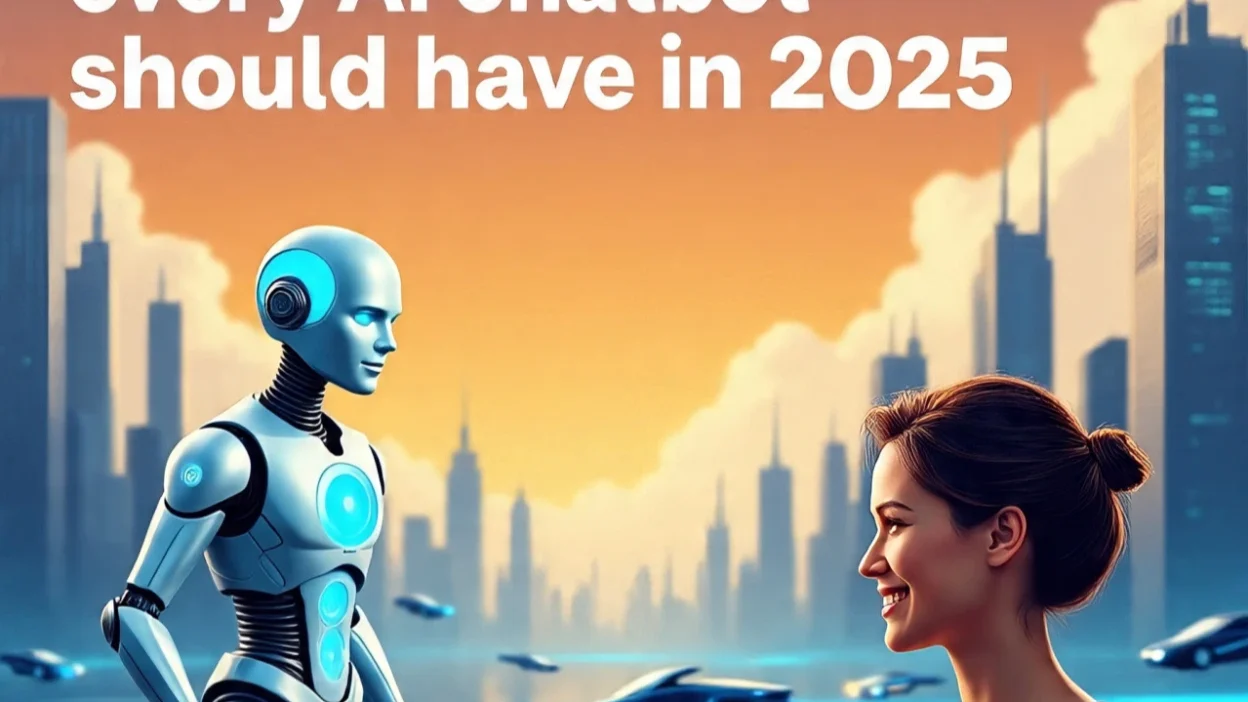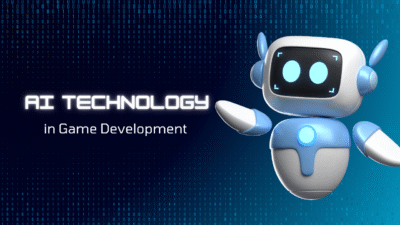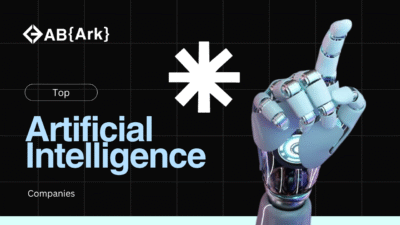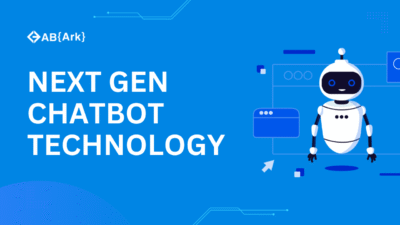To stay ahead, companies must invest in AI chatbots built for the modern age. In this blog, we’ll dive into the five essential features every AI chatbot should have in 2025, with examples, insights, and tips on why these features matter for your customer experience and bottom line.
1. Natural Language Understanding (NLU) & Context Awareness
The backbone of any successful AI chatbot is its ability to understand what users actually mean, not just what they say. In 2025, chatbots need to go beyond basic keyword matching—they should grasp the context, intent, and even sentiment behind queries.
Thanks to advances in Natural Language Processing (NLP) and machine learning, top-tier chatbots now interpret idioms, slang, multi-part questions, and follow-up queries within the same thread.
For example, if a customer says, “I ordered shoes last week, but nothing’s arrived,” a smart chatbot should infer the intent (order tracking), understand the sentiment (frustration), and respond accordingly.
2. Multilingual Support with Real-Time Translation
In an increasingly globalized digital landscape, customers expect support in their native languages. AI chatbots in 2025 must offer multilingual capabilities with real-time translation.
Modern AI models like OpenAI’s GPT and Google’s Multilingual BERT allow chatbots to handle dozens of languages—without pre-programmed translations. They dynamically translate messages and respond naturally.
This feature not only breaks language barriers but also helps businesses scale globally without hiring local support agents. For example, a SaaS company in the U.S. can serve Spanish-speaking users in Latin America or French customers in Canada with the same chatbot.
3. Omnichannel Integration
Today’s consumers use a mix of channels—web, mobile, social media, messaging apps, and voice assistants—to interact with brands. AI chatbots in 2025 should deliver a seamless experience across all platforms.
Whether a customer begins a chat on Facebook Messenger and continues later on your website, the bot should retain the conversation history and context. This capability boosts customer satisfaction and trust.
Omnichannel AI bots also sync with CRM platforms, e-commerce tools, and third-party services to pull personalized data in real time. For instance, a chatbot on WhatsApp can pull order info from Shopify, offer product suggestions from Amazon, and book appointments via Google Calendar.
4. Personalization Through Data & AI
A 2025 AI chatbot should be more than functional—it should feel personal.
By using behavioral data, purchase history, preferences, and real-time inputs, chatbots can tailor experiences to each user. For example, if a user recently browsed fitness equipment, the chatbot could recommend related gear, offer promotions, or suggest fitness blogs.
Through machine learning, the chatbot “learns” over time, refining its responses to become more accurate and helpful.
This kind of AI-powered personalization increases conversions, enhances engagement, and builds loyalty. According to a Salesforce study, 66% of customers expect companies to understand their unique needs.
5. Secure Data Handling & Compliance
As chatbots handle increasing amounts of sensitive information—from email addresses to payment data—security and compliance are non-negotiable in 2025.
AI chatbots must comply with regulations like GDPR, CCPA, and HIPAA (depending on region and industry). Features like end-to-end encryption, secure authentication, and data anonymization are essential.
Trust plays a huge role in customer adoption. If users fear their data might be misused or leaked, they’ll avoid using your bot—no matter how smart it is.
Also, businesses must offer clear data policies, allow users to opt out of data collection, and ensure regular audits and AI model updates to stay compliant.
Future Outlook: What’s Next for AI Chatbots?
Looking ahead, AI chatbots will evolve into proactive digital assistants. Instead of waiting for users to initiate chats, future bots may offer insights, reminders, and suggestions in real-time.
With voice integration, emotional intelligence, and even AI-generated avatars, these bots will become indistinguishable from human agents in many scenarios.
Businesses that invest in these next-gen capabilities will gain a clear competitive edge—offering smarter, faster, and more human-like customer experiences.
FAQs
Q1: What makes an AI chatbot different from a regular chatbot?
AI chatbots use natural language processing and machine learning to understand and respond intelligently, unlike rule-based bots.
Q2: Are AI chatbots replacing humans?
No, they augment human agents by handling repetitive tasks and escalating complex queries to humans.
Q3: Can small businesses afford AI chatbots?
Yes, many platforms offer affordable, scalable AI chatbot solutions tailored for startups and SMEs.
Conclusion
In 2025, the AI chatbot is no longer just a support tool—it’s a brand ambassador, sales assistant, and customer experience powerhouse.
To keep up with evolving consumer expectations, your chatbot must go beyond basic functions and deliver natural language understanding, multilingual support, personalized experiences, omnichannel integration, and robust security.
Adopt these five essential features now, and your business won’t just meet the future—it’ll lead it.




